Older people who undergo emergency surgeries on their operating surgeon’s birthday may be more likely to die within a month than patients who go through similar procedures on other days, a new UCLA-led study suggests.
Tag: Mortality
Assessing the impacts of global climate change on population trends
The European Research Council (ERC) will fund groundbreaking research led by IIASA World Population Program Deputy Director Raya Muttarak, which will comprehensively address the impacts of climate change on population dynamics.
Unmet Job Expectations Linked to a Rise in Suicide, Deaths of Despair
The study, published in JAMA Network Open, is the first to link the rise in suicide and drug-poisoning deaths among men without a college degree to declines in working-class jobs.
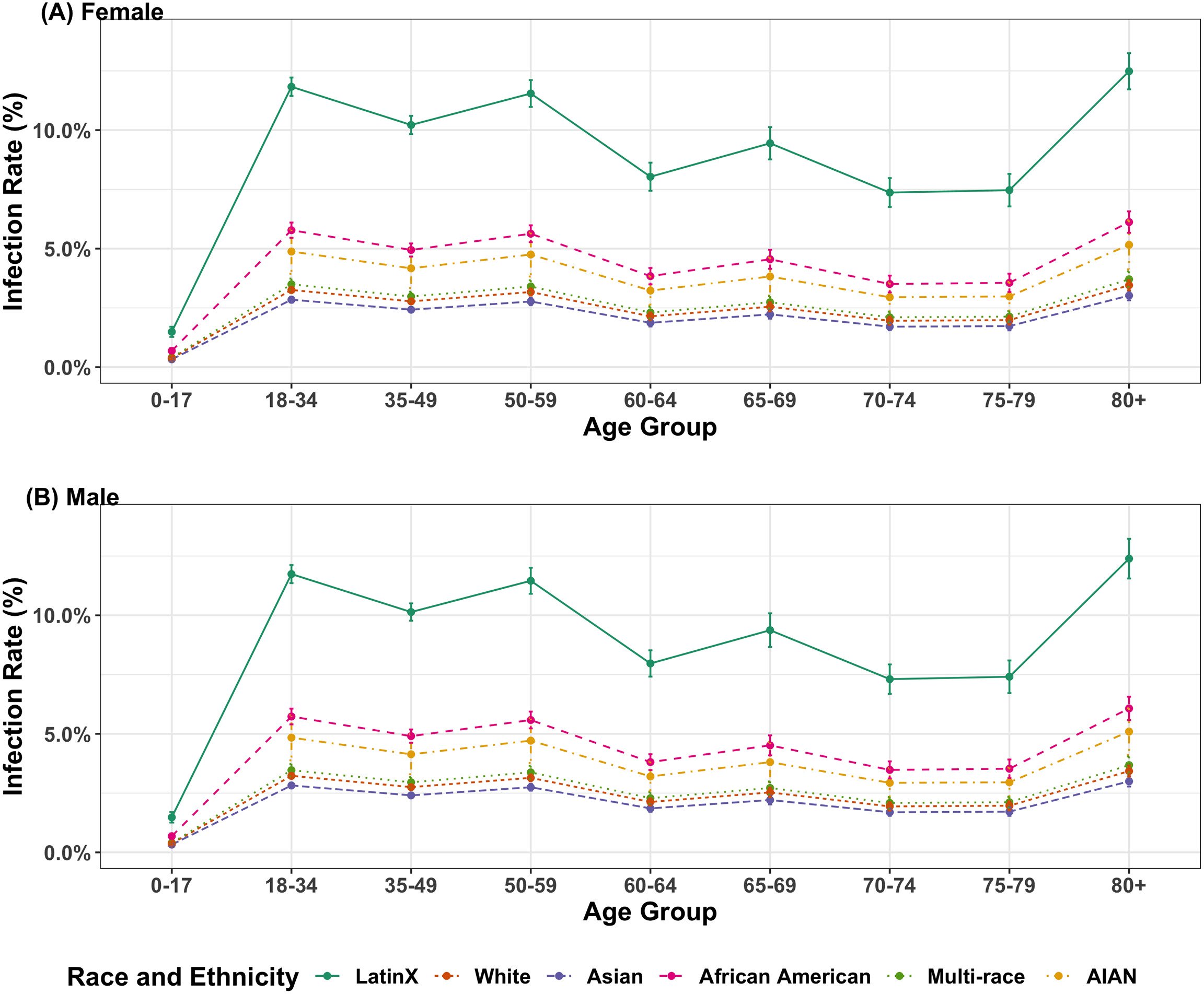
Research Helps Identify High-Risk Populations to aid Health Officials Combating the Pandemic
A team of UCLA Fielding School of Public Health researchers has developed a method to better guide public policy related to the control and prevention of COVID-19, based on identifying those most at risk in the pandemic

Researchers discover men fighting both cancer and COVID-19 at higher risk than women
Men with cancer and COVID-19 may be at significantly higher risk for severe symptoms and even death as compared to females fighting both, a University of Kansas Cancer Center research team has found.
Mount Sinai Develops Machine Learning Models to Predict Critical Illness and Mortality in COVID-19 Patients
Mount Sinai researchers have developed machine learning models that predict the likelihood of critical events and mortality in COVID-19 patients within clinically relevant time windows.
Pandemic-related stress leads to less employee engagement
As COVID-19 cases surged this spring, the pandemic led some people more than others to ponder their own mortality. A new study in China and the United States suggests that these people were the ones who showed the highest levels of stress and the least engagement at work.
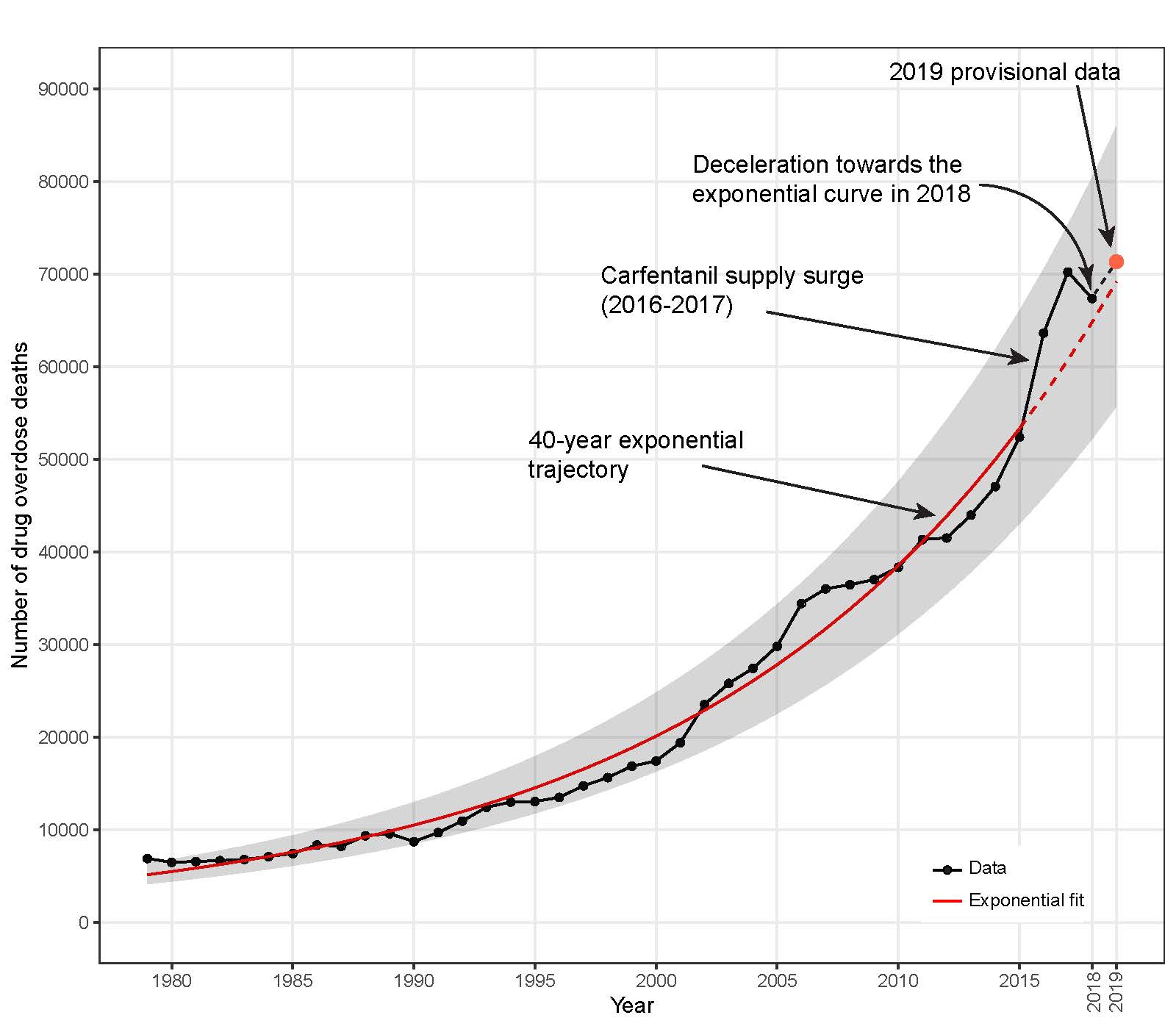
Potent Drug Supply Drop, Not U.S. Domestic Drug Policies, Likely Behind 2018’s Overdose Death Downturn
The slight decline in drug overdose deaths in 2018 coincides with Chinese regulations on the powerful opioid carfentanil, rather than the result of domestic U.S. efforts to curb the opioid epidemic, a University of Pittsburgh Graduate School of Public Health analysis revealed today.
Hazardous Air Pollutant Exposure Linked as Contributing Factor to COVID-19 Mortality in the United States
A study by researchers at the SUNY College of Environmental Science and Forestry (ESF) researchers and ProPublica, and published in Environmental Research Letters has found a link between chronic exposure to hazardous air pollutants (HAPS) and COVID-19 mortality rates.
UCLA researchers investigate COVID-19-associated deaths in working-age Latinos
UCLA researchers investigate COVID-19-associated deaths in working-age Latinos. Professors David Hayes-Bautista and Paul Hsu, both with the UCLA Fielding School of Public Health, have found that over the past three months, there was a nearly five-fold increase in death rates among working-age Latinos in California.
Failure to ‘flatten the curve’ may kill more people than we thought
New research by the University of Minnesota and the University of Washington finds that every six additional ICU beds or seven additional non-ICU beds filled by COVID-19 patients leads to one additional COVID-19 death over the following week.
NAU professors examine the role racial disparities play in mortality rates of rural, urban residents
In a first-of-its-kind study, researchers collected nationally representative data from 3,131 U.S. counties between 1968-2016, and looked at historical trends in death rates between older black and white adults living in different communities.
Rutgers Expert Can Discuss Global Climate Change Mortality Study
New Brunswick, N.J. (Aug. 3, 2020) – Rutgers University–New Brunswick Professor Robert E. Kopp is available to discuss a major study released today on the global consequences of climate change on death rates. The study by the Climate Impact Lab,…
UCLA research investigates COVID-19 Death Patterns in California
Researchers from the UCLA Fielding School of Public Health found deaths related to COVID-19‒associated conditions do not occur randomly in the state’s population; they occur more in some racial/ethnic (R/E) populations than in others.

Single-Dose Flu Drug Reduces Spread Within Households
Only 1.9% of uninfected household contacts who took a single dose of baloxavir marboxil came down with the flu.
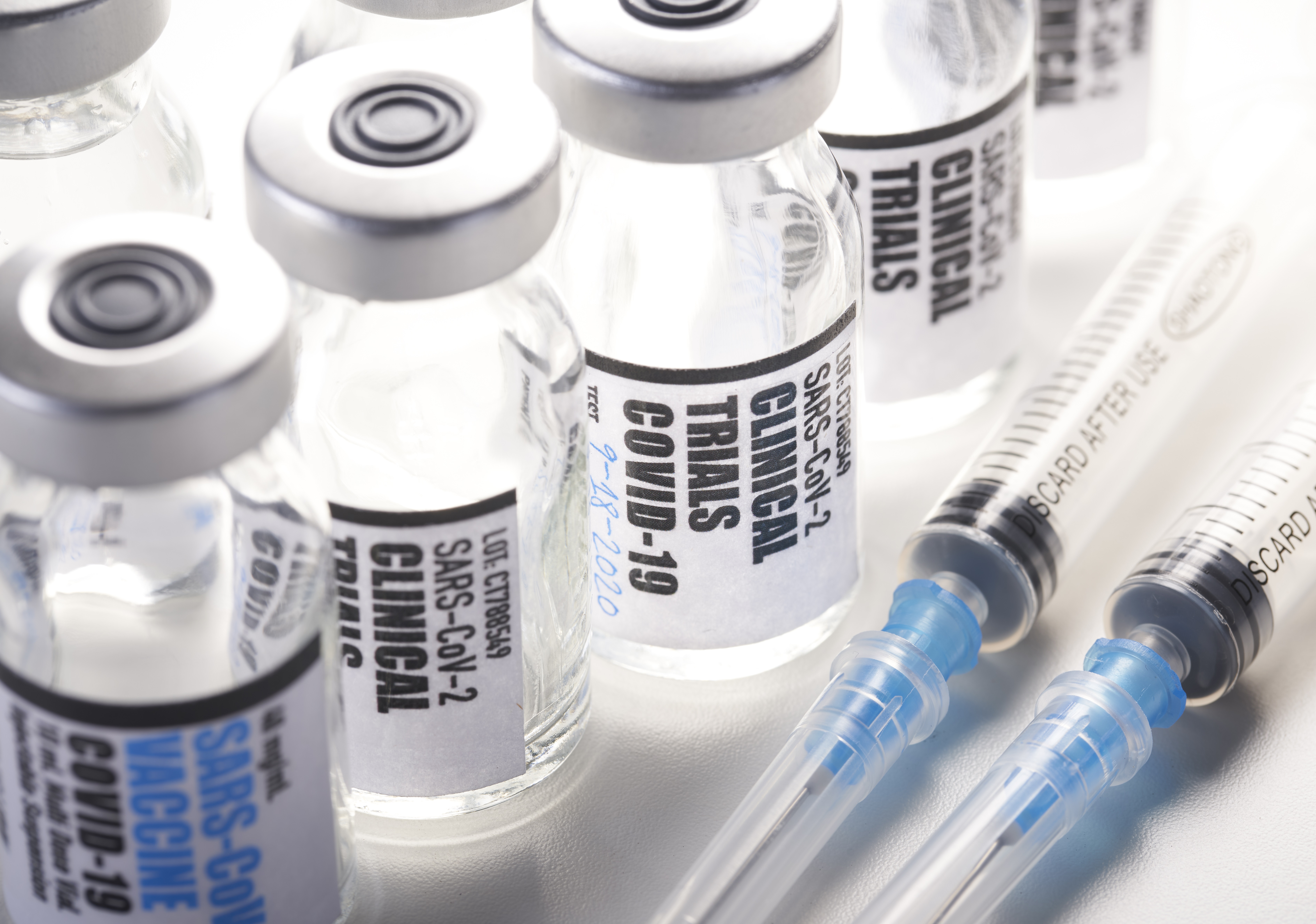
Tip of the Iceberg: Existing Racial Inequalities in Death from COVID-19 Will Soar
Lifesaving innovations for COVID-19 will only markedly increase the already existing racial inequalities, if public health initiatives for equitable dissemination throughout all communities are not immediately developed. The introduction of drugs for HIV, respiratory distress syndrome, and hepatitis C resulted in racial inequalities. Moreover, before the introduction of the Salk polio vaccine in 1952, initially, black Americans experienced significantly lower rates of paralytic polio than white Americans. By 1959, after the widespread distribution of the vaccine, the reverse was true.
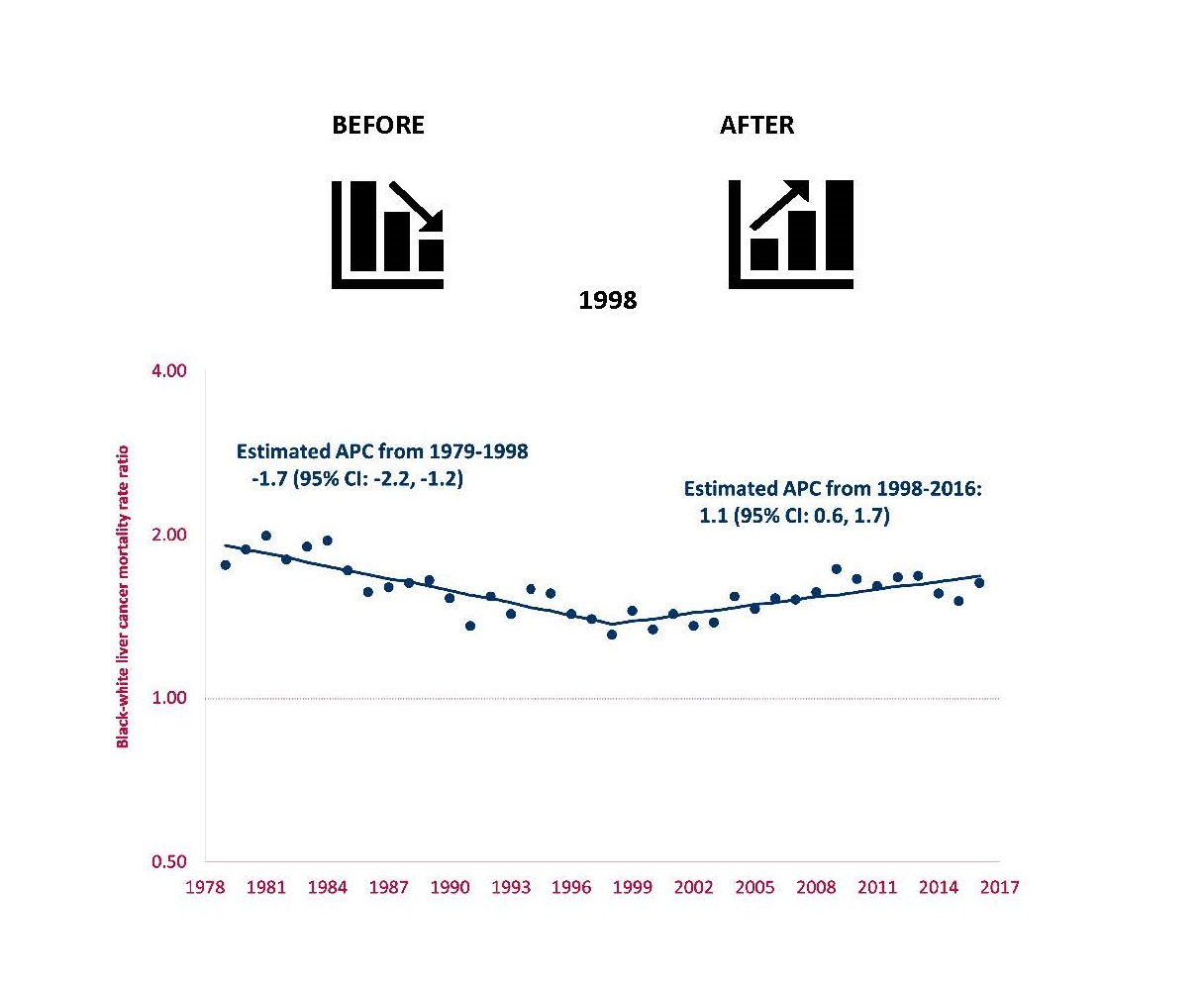
Racial Inequalities in Liver Cancer Deaths Soared After Launch of Hepatitis C Drugs
A study explored racial inequalities in death from liver cancer before and after the introduction of lifesaving drugs for hepatitis C. Results showed that from 1979 to 1998, racial inequalities in mortality from liver cancer in the U.S. were declining. But, from 1998 to 2016, of the 16,770 deaths from liver cancer among blacks, the excess relative to whites increased from 27.8 percent to 45.4 percent. Concurrently, racial inequalities in death decreased for major risk factors for liver cancer, such as alcohol and diabetes.
A new approach to measuring inequalities in development
A new study for the first time systematically explored and compared the use of the Human Life Indicator as a viable alternative to the conventional Human Development Index.
Heart attack, stroke risk declines among people with diabetes
The rate of heart attacks, strokes and other cardiovascular complications has improved among people with diabetes over the past 20 years, narrowing the gap in cardiovascular mortality rates between individuals with and without diabetes, according to a new study published in the Endocrine Society’s Journal of Clinical Endocrinology & Metabolism.

A New Way to Accurately Estimate COVID-19 Death Toll
A Rutgers engineer has created a mathematical model that accurately estimates the death toll linked to the COVID-19 pandemic in the United States and could be used around the world. The model, detailed in a study published in the journal Mathematics, predicted the death toll would eventually reach about 68,120 in the United States as a result of the SARS-CoV-2 coronavirus that causes COVID-19. That’s based on data available on April 28, and there was high confidence (99 percent) the expected death toll would be between 66,055 and 70,304.
Thyroid hormone use may raise death risk in older adults
Thyroid hormone replacement therapy in older adults is associated with a higher risk of death compared with no treatment, a large study finds. The study results were accepted for presentation at ENDO 2020, the Endocrine Society’s annual meeting, and publication in a special supplemental section of the Journal of the Endocrine Society.
Low-income older adults dually enrolled in Medicare and Medicaid have substantially higher mortality rates than adults solely enrolled in Medicare
In a new study published today in JAMA, a team of researchers at Beth Israel Deaconess Medical Center (BIDMC) evaluated how health outcomes for low-income older adults who are dually enrolled in both Medicare and Medicaid have changed since the early 2000s.
Researchers Challenge New Guidelines on Aspirin in Primary Prevention
New guidelines recommend aspirin use in primary prevention for people ages 40 to 70 years old who are at higher risk of a first cardiovascular event, but not for those over 70. Yet, people over 70 are at higher risks of cardiovascular events than those under 70. As a result, health care providers are understandably confused about whether or not to prescribe aspirin for primary prevention of heart attacks or strokes, and if so, to whom.
An egg a day not tied to risk of heart disease
The controversy about whether eggs are good or bad for your heart health may be solved, and about one a day is fine. A team of researchers from the Population Health Research Institute of McMaster University and Hamilton Health Sciences found the answer by analyzing data from three large, long-term multinational studies.

Most Rehabilitating Sea Turtles with Infectious Tumors Don’t Survive
Fibropapillomatosis (FP) is the most significant infectious disease affecting sea turtle populations worldwide. FB leads to tumors on the turtles’ eyes, flippers and internal organs and is widespread in warmer climates like Florida. A large-scale study evaluated tumor score, removal and regrowth in rehabilitating green sea turtles with FP in the southeastern U.S. from 2009 to 2017, and found that 75 percent did not survive following admission into a rehabilitation facility, irrespective of whether or not tumor regrowth occurred after surgery.

Sepsis Associated with 1 in 5 Deaths Globally, Double Previous Estimate
Twice as many people as previously believed are dying of sepsis worldwide, according to an analysis published today in The Lancet and announced at the Critical Care Reviews annual meeting in Belfast. Among them are a disproportionately high number of children in poor areas.

LESS SEVERE CASES OF DIARRHEAL ILLNESS CAN STILL LEAD TO CHILD DEATHS, RESEARCH SHOWS
Diarrheal diseases are a leading cause of death for young children, accounting for nine percent of all deaths worldwide in children under five years of age, with most occurring in children under two years of age. Now, researchers at the University of Maryland School of Medicine (UMSOM) found that even milder cases of diarrheal diseases can lead to death in young children.
Post-9/11 wars may have killed twice as many Americans at home as in battle: Analysis
An analysis by a Vanderbilt economist who specializes in the valuation of fatality risks finds that the post-9/11 wars may have resulted in more than twice as many indirect deaths back home as were lost in battle, due to the diversion of war costs from the U.S. economy and the subsequent impact on the nation’s health.
Older adults with hypothyroidism face elevated risk of death
While older adults with hypothyroidism face an elevated risk of death, individuals with subclinical hypothyroidism, a milder form of underactive thyroid, did not face the same risk, according to new research published in the Endocrine Society’s Journal of Clinical Endocrinology & Metabolism.
Children Much More Likely to Die After Surgery in Poor Countries
Children in low resourced countries are 100-200 times more likely to die after surgery than children in wealthy countries, according to a first-of-its-kind study published in Anesthesiology.
Researchers Find Common Measures of Immune Status, Inflammation Can Predict Mortality
News release about a new collaborative study led by Cleveland Clinic and University Hospitals finding that commonly used clinical indicators of immune status and inflammation can predict mortality in the general population.
Retrospective study suggests emergency department physicians are improving both outcomes and efficiency of care
In a new study published today in JAMA Internal Medicine, a team of researchers led by Laura Burke, MD, MPH, an emergency medicine physician at BIDMC, found that among Medicare beneficiaries receiving ED care in the United States, mortality within 30 days of an ED visit has declined in recent years, particularly for the highest-severity patients.
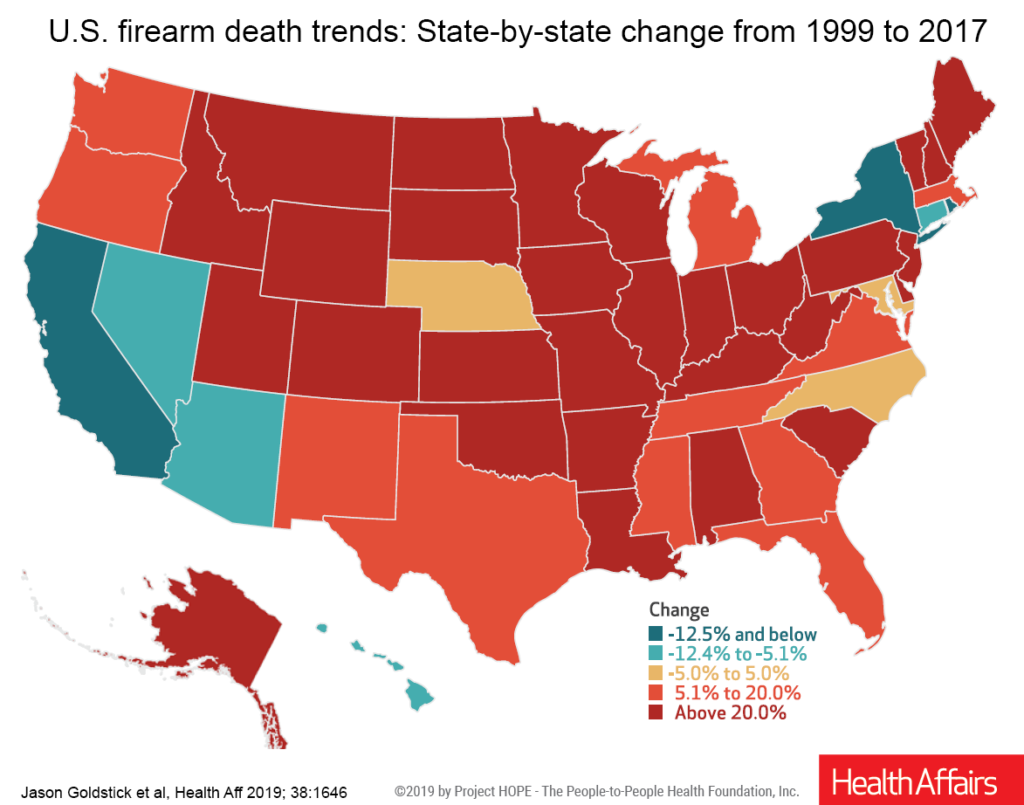
Study: U.S. firearm death rate rose sharply in recent years across most states & demographic groups
The rate at which Americans died from firearm injuries increased sharply starting in 2015, a new study shows. The change occurred to varying degrees across different states, types of firearm death such as homicide and suicide, and demographics. In all, the US saw a 14% rise in the rate of firearm deaths from 2015 through 2017, compared with the rate seen in the years 1999 through 2014.
Optimism Linked to Lower Risk of Cardiovascular Events and Death
Research identifies a new target for helping patients decrease risk of heart disease and promote health